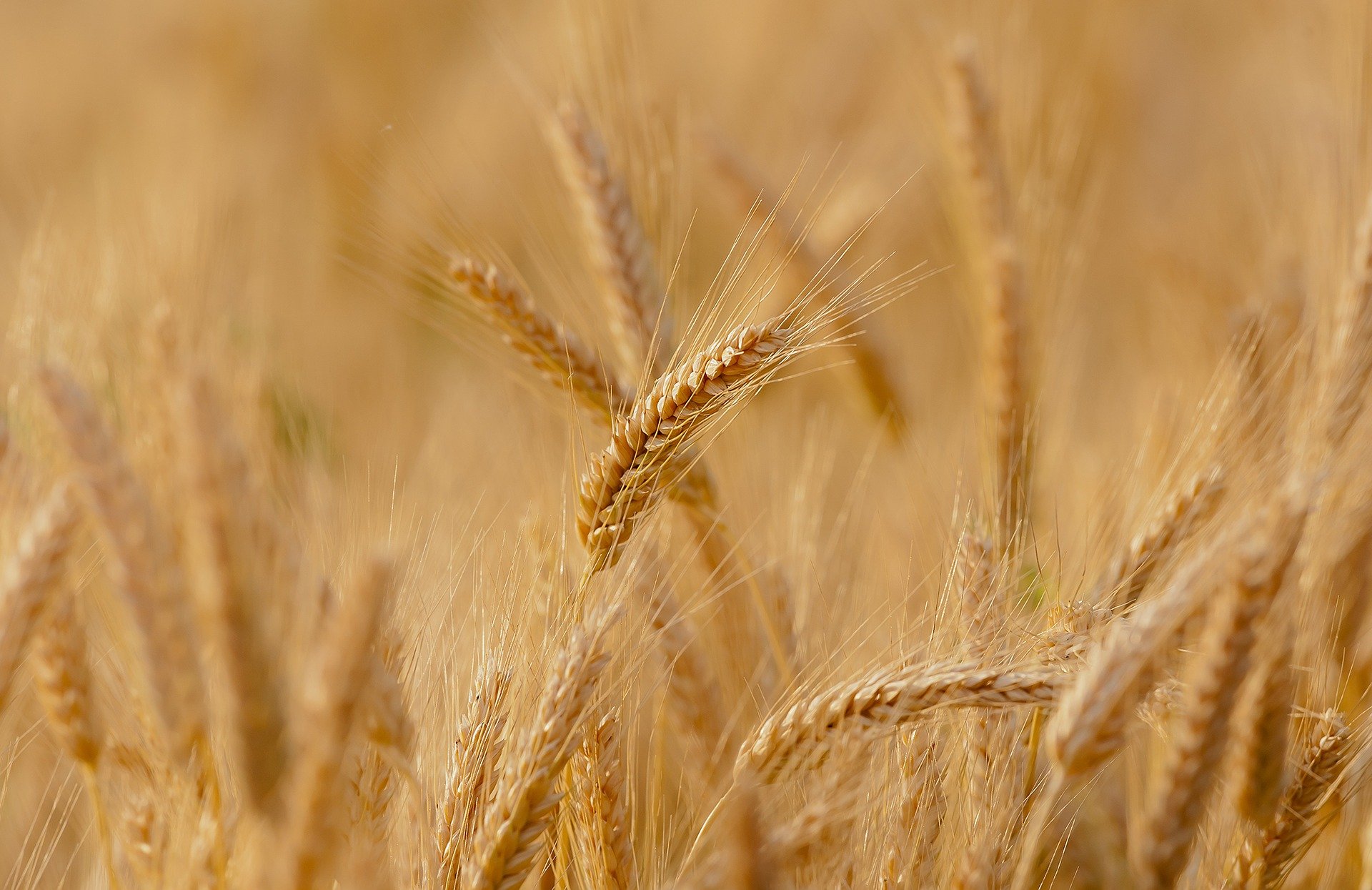Crop futures remain elevated due to ongoing drought and adverse weather predictions for 2022. Several new catalysts have arisen that are expected to keep prices on an upward trajectory. The European Union, for example, continues to struggle with low natural gas stockpiles, resulting in a shortage of nitrogen-based fertilizers.
Similarly, rising tensions between Russian and Ukraine have put upward pressure on wheat and grain futures, as Russia is the world’s largest wheat exporter, and any conflict could interrupt the global food trade. With food inflation soaring, crop futures could be in for another year of strong pricing in 2022.
Related ETF: Invesco DB Agriculture Fund (DBA)
Crop Futures Volatile on Weather Disruptions, Global Food Inflation
Last week, soybean futures hit their highest level since July on fears of dry weather reducing harvests in southern Brazil and Argentina. Successful Farming reported that the major Rosario grains exchange in Argentina reduced their 2021/2022 soybean production forecast by 5 million tonnes, which is expected to reduce grains farmers’ expected income by roughly $2.9 billion.
Similarly, the exchange reduced their corn harvest projections by 8 million tonnes, a significant decline from what would have been a record harvest for the region. Successful Farming notes that the reductions are a direct result of relentless heatwaves during the key stages of crop development.
Despite news of some much-needed rainfall hitting parts of South America, the outlook for crops remains dire as drought conditions are yet to subside.
Argentina, the world’s top exporter of processed soy and second largest exporter of corn, has already experienced ‘irreversible damage’ from dry conditions. The Buenos Aires grain exchange said in a report that while the heavy rainfall has stalled crop deterioration, it has not fully reversed the effects of water scarcity and the impact of the drought.
Crop loss in Brazil is already monumental. Reuters recently wrote that soybean farmers in southern Brazil are expecting to lose 90% of their harvest in some fields unless the long-term outlook for scarce rain changes soon. Some planters told Reuters that this year is looking similar to the region’s 2012 harvest, the worst in history.
In the United States, crop prices remain at historically high levels as drought persists across the country. Worsening the situation is the ongoing fertilizer shortage, as rising input costs squeeze farmers profit margins and could dampen the incentive to plant more crops.
Natural Gas Shortage Continues to Pressure Fertilizer Supplies
MRP has recently highlighted the intensifying fertilizer shortage, noting that reduced exports along with a significant energy crunch in the European Union sent fertilizer prices to record highs every month.
According to Texas Farm Bureau, fertilizer prices have surged 200% year-over-year and could have further room to run in 2022. Analysts found that fertilizer prices for this year are 81% higher than previous estimates, and while natural gas prices are certainly playing a part, it is…
To read the complete Market Insight, current clients SIGN IN HERE For a free trial, or to subscribe and become an MRP client today, START A FREE TRIAL Once you’re logged in, you’ll also gain access to:










